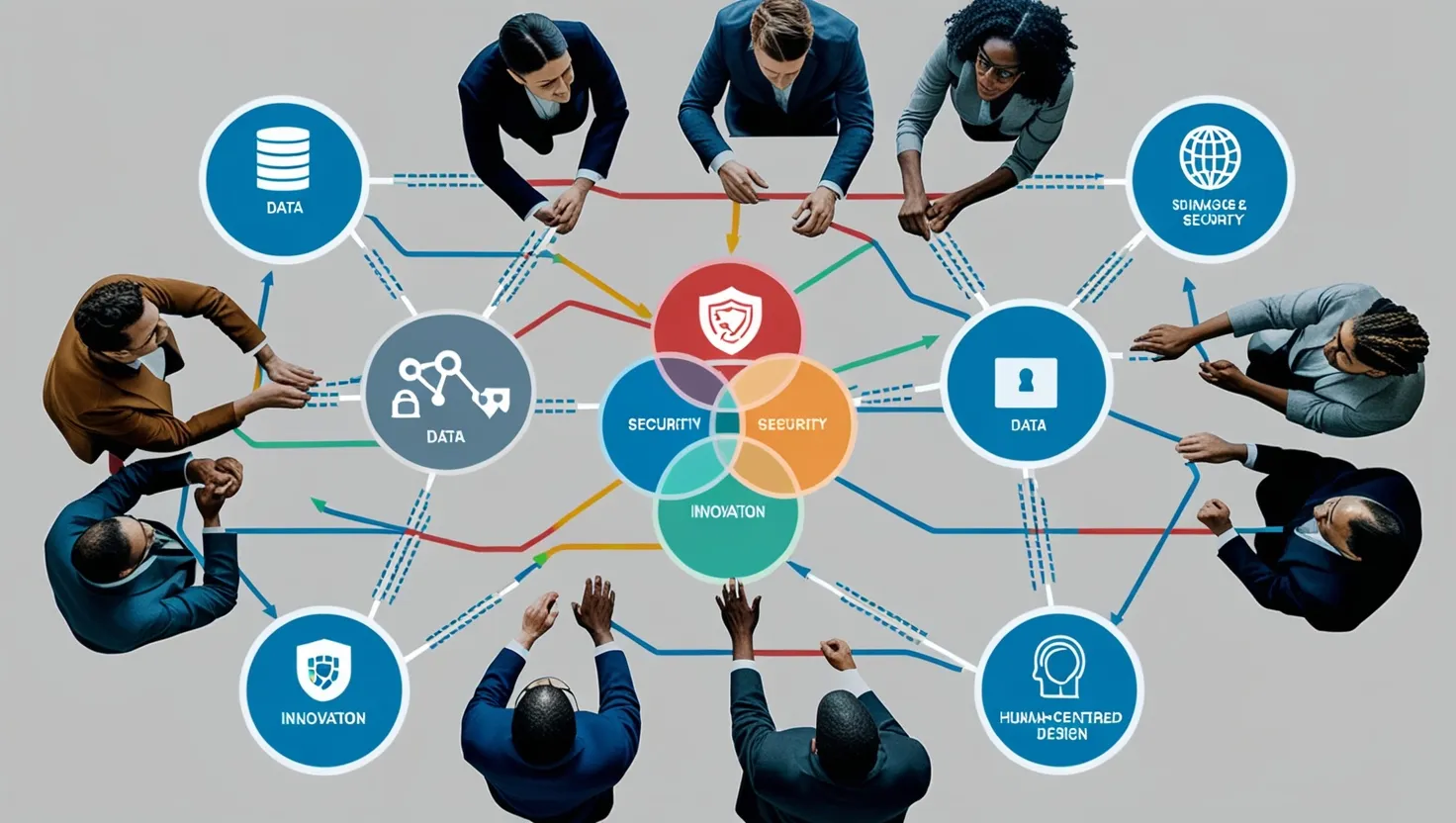Leadership burnout has become an increasingly pressing issue in today’s fast-paced professional world. As leaders, we often find ourselves caught between the relentless pursuit of success and the need to maintain our own well-being and that of our teams. The challenge lies in striking a delicate balance between high performance and sustainable practices.
Let’s explore seven powerful techniques that can help us navigate this complex terrain and effectively manage professional burnout.
First and foremost, implementing strategic workload distribution is crucial. As leaders, we must recognize that not all tasks are created equal. Some require intense focus and energy, while others can be delegated or streamlined. By carefully assessing the nature of each task and allocating resources accordingly, we can prevent the buildup of overwhelming pressure on any single individual or team.
Consider this: When was the last time you took a step back to evaluate your team’s workload? Are there tasks that could be redistributed or automated to alleviate pressure points?
Creating team wellness protocols is another vital step in combating burnout. These protocols should go beyond the typical “work-life balance” rhetoric and delve into practical, actionable strategies. This might include regular check-ins, mental health days, or even team-wide activities that promote relaxation and bonding.
“The greatest weapon against stress is our ability to choose one thought over another.” - William James
This quote reminds us of the power of mindset in managing stress. As leaders, we can foster a culture where wellness is not just encouraged but actively practiced.
Designing recovery periods is an often-overlooked aspect of leadership. We tend to glorify non-stop work, but the truth is, periods of rest and recovery are essential for sustained high performance. This could mean implementing a “no email after hours” policy or encouraging regular breaks throughout the day.
How often do you allow yourself and your team to truly disconnect and recharge?
Monitoring stress indicators is a proactive approach to preventing burnout. This involves being attuned to subtle signs of stress in ourselves and our team members. These might include changes in behavior, decreased productivity, or increased irritability. By catching these signs early, we can intervene before burnout takes hold.
Structuring productivity cycles is a technique that acknowledges the natural ebb and flow of human energy. Instead of expecting constant high performance, we can design work schedules that align with our team’s natural rhythms. This might involve identifying peak productivity hours and scheduling important tasks accordingly.
“The key is not to prioritize what’s on your schedule, but to schedule your priorities.” - Stephen Covey
This wisdom from Covey underscores the importance of intentional time management in preventing burnout.
Establishing boundaries is perhaps one of the most challenging yet crucial aspects of managing burnout. In our hyper-connected world, it’s easy for work to seep into every aspect of our lives. As leaders, we must set clear boundaries and, more importantly, respect them. This might mean turning off notifications after a certain hour or clearly defining what constitutes an “emergency” that warrants after-hours contact.
Have you ever found yourself responding to work emails at 11 PM? How did that impact your stress levels and overall well-being?
Building support networks is the final piece of the puzzle. Leadership can be a lonely journey, but it doesn’t have to be. Creating a network of peers, mentors, or even professional coaches can provide valuable support and perspective. These networks can offer a safe space to discuss challenges, share experiences, and gain insights.
Now, let’s look at how some organizations have successfully implemented these techniques. Take, for example, a tech company that introduced a “No Meeting Wednesday” policy. This simple change allowed employees a full day to focus on deep work without interruptions, significantly reducing stress levels and improving productivity.
Another interesting case is a marketing firm that implemented a “Stress Signal” system. Team members could anonymously flag when they felt overwhelmed, prompting leadership to reassess workloads and provide additional support. This proactive approach led to a 30% reduction in reported burnout cases within six months.
A manufacturing company took a different approach by introducing mandatory “Recharge Weeks” twice a year. During these weeks, all non-essential work was paused, allowing employees to focus on learning, innovation, or simply taking a break. The result? Increased creativity, improved morale, and a notable decrease in stress-related absences.
These examples highlight a crucial point: there’s no one-size-fits-all solution to managing burnout. The key lies in understanding your team’s unique needs and challenges and tailoring your approach accordingly.
As leaders, our role in creating a culture that values both results and well-being cannot be overstated. It’s about leading by example, showing that it’s okay to prioritize mental health, and that taking breaks doesn’t equate to lack of commitment.
“The greatest leader is not necessarily the one who does the greatest things. He is the one that gets the people to do the greatest things.” - Ronald Reagan
Reagan’s words remind us that our success as leaders is intrinsically tied to the success and well-being of our teams. By implementing these techniques and fostering a culture of sustainable high performance, we not only combat burnout but also set the stage for long-term success and innovation.
Remember, managing burnout is not a one-time effort but an ongoing process. It requires constant vigilance, adaptability, and a willingness to challenge traditional notions of productivity and success. As we navigate this complex landscape, let’s strive to create workplaces where people can thrive, not just survive.
What steps will you take today to start implementing these techniques in your leadership approach? How can you encourage your team to prioritize their well-being without sacrificing performance?
By asking ourselves these questions and taking action, we can lead the charge in creating more sustainable, fulfilling work environments. After all, true leadership isn’t just about achieving goals; it’s about nurturing the people who make those achievements possible.
In conclusion, managing professional burnout is a critical skill for modern leaders. By implementing strategic workload distribution, creating wellness protocols, designing recovery periods, monitoring stress indicators, structuring productivity cycles, establishing boundaries, and building support networks, we can create resilient teams capable of sustained high performance.
Let’s challenge ourselves to be the kind of leaders who not only drive results but also foster environments where people can flourish. In doing so, we not only combat burnout but also pave the way for innovation, creativity, and long-term success. The journey may be challenging, but the rewards - for ourselves, our teams, and our organizations - are immeasurable.





